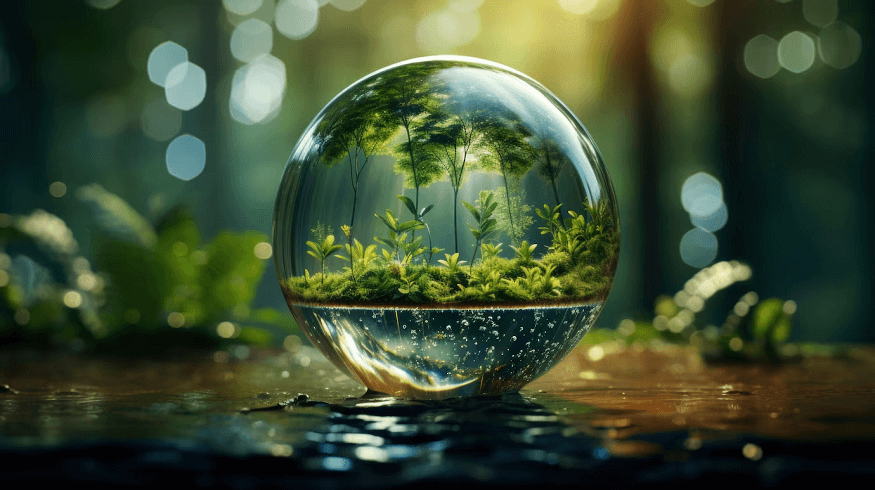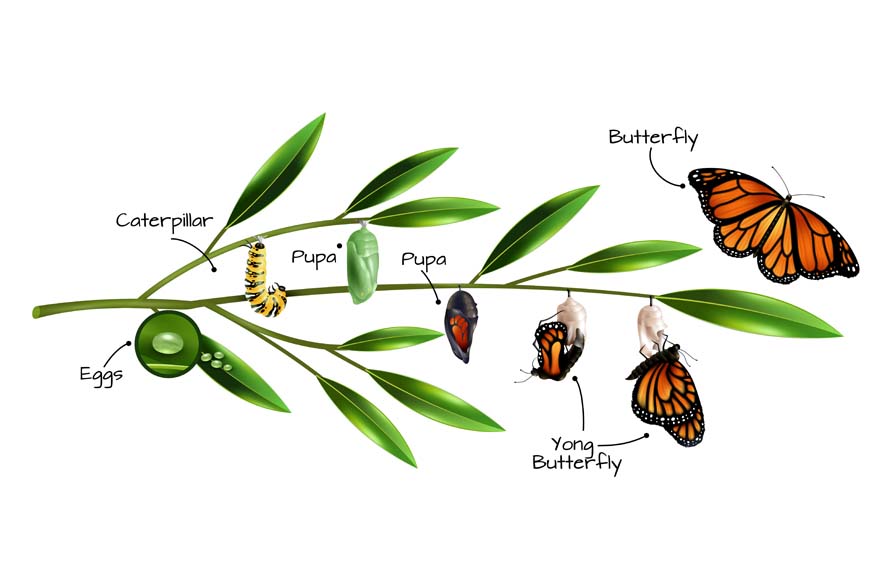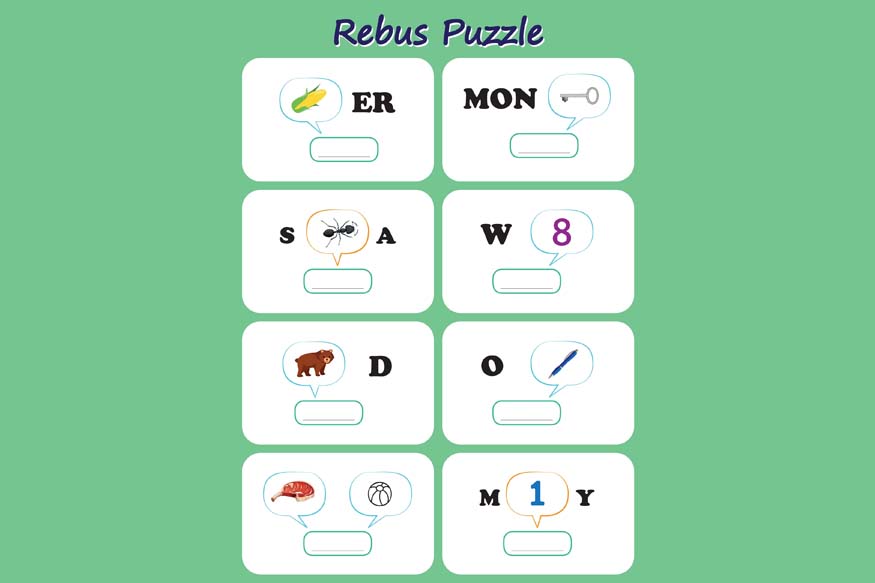Photosynthesis is a process in which plants use sunlight, water and carbon dioxide to create oxygen and energy in the form of sugar. This process forms the basis of lives and many lives on earth depend on this process.
The word ‘Photo’ in Greek stands for light and synthesis stands for ‘combining together.’
During photosynthesis, chlorophyll, a natural compound present in leaves of a plant absorbs sunlight and converts it into chemical energy. This energy is later used to transform carbon dioxide and water into glucose and oxygen. This process provides the primary energy source for plants and produces the oxygen necessary for the survival of most living organisms on earth.
Photosynthesis is essential for maintaining atmospheric oxygen levels and supporting the food web. Without photosynthesis, life as we know it would not be possible. It sustains the energy flow and balances the gases in the earth’s atmosphere.
Let us now understand the significance of photosynthesis, its reaction and discover some fun facts.
Phases of photosynthesis
Photosynthesis occurs in two phases
The Light-Dependent Reactions
The Calvin Cycle
Light-dependent reaction (light phase)
- Occurs in the chlorophyll molecules
- Light energy is absorbed by pigments (chlorophyll, etc.) and converted into ATP and NADPH which are crucial for a plant’s sustenance.
- Water is split, releasing oxygen as a byproduct
- Energy from light is stored in ATP and NADPH
Calvin cycle (dark phase)
Occurs in the stroma part of leaf
- CO2 is turned into glucose using energy from ATP and NADPH made during the light phase
- A series of reactions changes CO2 into glucose
- Glucose is produced, using energy from ATP and NADPH
- Oxygen is not needed but CO2 is turned into useful substances
The Light phase generates energy molecules (ATP and NADPH) while the Calvin cycle uses this energy to produce glucose from CO2. These two phases work together to convert light energy into chemical energy, supporting life on Earth.
Process of photosynthesis
The photosynthesis process takes place at cellular level.
Here’s a step by step easy way to understand the process of photosynthesis
1. Light absorption: Plants spread their leaves to capture sunlight which contains energy. This energy is absorbed by pigments like chlorophyll, embedded in the plant cells.
- Water absorption: They absorb water from the soil through their roots which is transported to the leaves through a network of veins. This water is essential for the chemical reactions that follow.
- Carbon dioxide absorption: Plants open their stomata, tiny openings on the leaf’s surface to absorb carbon dioxide from the air. This CO2 is crucial for glucose production.
- Glucose production: Within the leaf’s cells, light energy, water and CO2 are combined through chemical reactions, fueled by chlorophyll. This process produces glucose (a type of sugar) and oxygen. Glucose is used by the plant as energy and building blocks for growth.
- Oxygen release: As a byproduct of photosynthesis, plants release oxygen into the air through their stomata. This oxygen is essential for the survival of nearly all living organisms, including humans.
This process is an amazing example of the incredible efficiency and complexity of nature. By understanding photosynthesis, we gain insight into the interconnectedness of our ecosystem and the important role plants play in sustaining life.
Hence, the process of photosynthesis is crucial in the global carbon cycle, helping to regulate carbon dioxide levels in the atmosphere and mitigate the impacts of climate change. Forests, grasslands and oceanic phytoplankton, through photosynthesis, act as carbon sinks, absorbing significant amounts of carbon dioxide from the atmosphere.
5 Interesting facts about photosynthesis
Fact 1
During photosynthesis, chlorophyll converts sunlight energy into chemical energy, producing ATP and NADPH.
Fact 2
Chlorophyll is a natural pigment that gives plants their green colour and is required to absorb light energy for photosynthesis.
Fact 3
Photosynthesis occurs in chloroplasts which are specialised organelles found in the cells of plant leaves.
Fact 4
Carbon dioxide and water are necessary for photosynthesis because they are the raw materials used to create glucose and oxygen.
Fact 5
Carbon dioxide is absorbed by the plant through tiny openings on the leaf surface known as stomata which allow gas exchange.
Biology is the foundation of our daily lives with applications ranging from the simplest processes to complex systems. It’s a powerful tool that helps us understand the world around us. Knowing basic biology is crucial for making informed decisions about our health, environment and conservation. Besides this, biology has many practical uses in everyday situations. As the language of life, biology is involved in nearly everything we see and experience.
At Center Point School, we ensure students have a clear idea of fundamental concepts, problem-solving techniques and real-world applications. We encourage students to explore biological concepts actively, rather than simply memorising facts.





